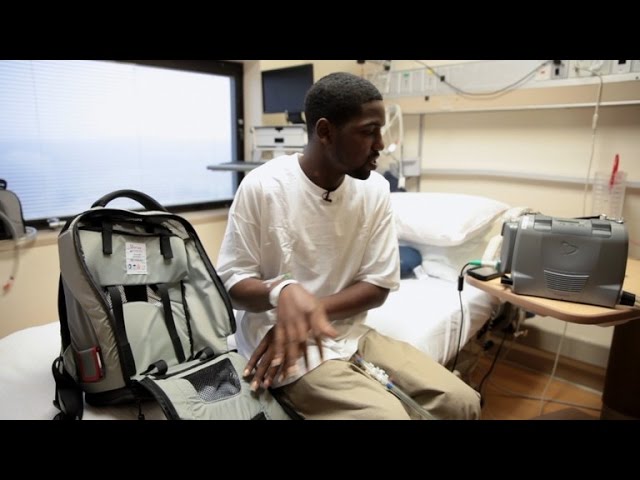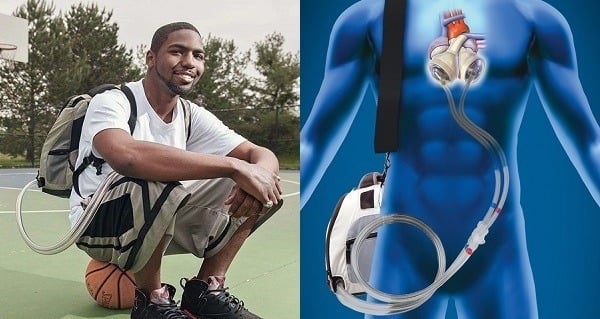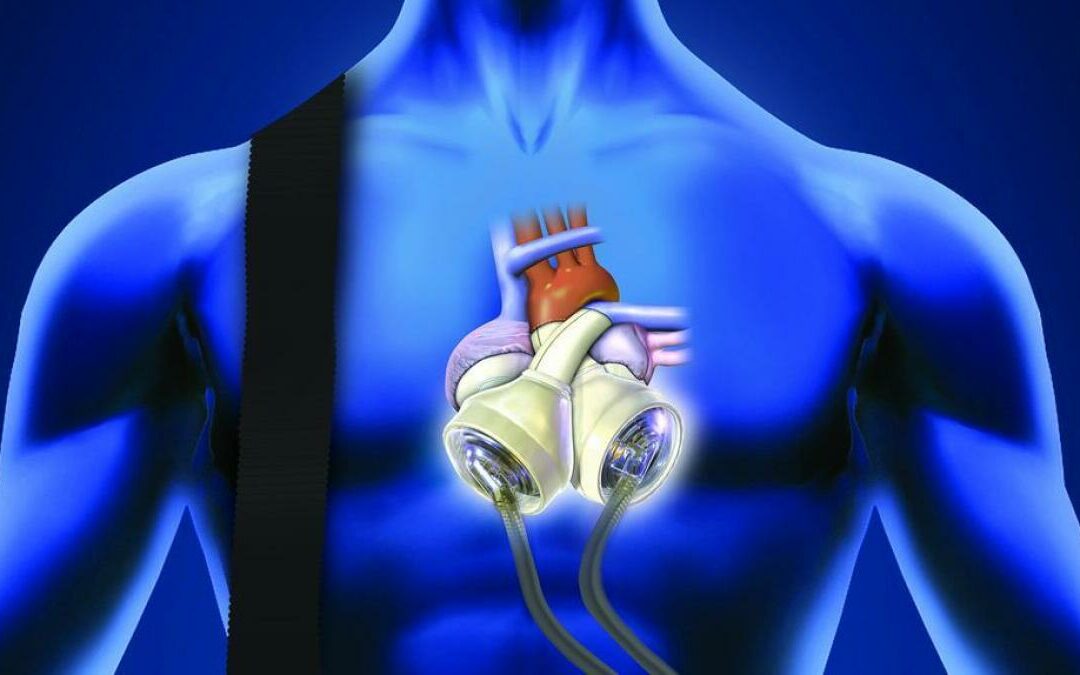A man who went without a heart for 555 days was kept alive by the grey bag he carried around with him.
You’d usually bring a laptop or a notebook in a bag, but a replacement heart? That’s an interesting one.
Stan Larkin went more than a year without receiving a human heart transplant.
It was certainly not obvious to passers-by, as the Michigan resident appeared to be a regular young and healthy adult.
READ MORE: A Little Child Becomes The World’s First Person To Get Brain Implants That Treat Epilepsy
However, Stan’s grey bag, which appeared harmless, was actually keeping him alive.

Stan, on the other hand, did not allow this deter him from enjoying taking his three young children to the park, and he even managed to play basketball while wearing the backpack.
The bag contained the power source for a mechanical heart pounding in his chest.
READ MORE: Human With Neuralink Brain Chip Finds Progress After Initial Malfunction, According To The Company
Stan’s original heart was removed from his body in November 2014 and replaced with a device that allowed him to avoid hospitalization while waiting for a transplant.
His heart transplant arrived in May 2016, and the procedure was performed at the University of Michigan Frankel Cardiovascular Center.

“Most people would be afraid to go so long with [an artificial heart], but I just want to tell them that you have to feel the fear because it helps you,” he told CNN shortly after the operation.
“I’m going home so fast after the transplant because it helped me stay healthy before the transplant.”
Unfortunately, people awaiting a transplant may have to wait years for the necessary treatment, according to Dr. Billy Cohn, a cardiovascular surgeon.
“Many of these patients have hearts that are so weak, the kidneys, liver and other critical organs will fail while they are waiting,” according to him.

“Many of these patients would die without some form of support.”
Stan needed a transplant because he had familial cardiomyopathy, a genetic form of heart illness.
The Michigan guy had no idea his heart was failing until 2007, when he fainted during a basketball game without warning.
The Division of Cardiology defines familial cardiomyopathy as “a heart disorder characterized by a heart that is enlarged in diameter and weak in pumping function.”
Dr. Jonathan Haft, Stan’s surgeon, explained that the type of cardiomyopathy he had caused arrhythmias and failure on both sides of his heart.
Radiant TV, offering to elevate your entertainment game! Movies, TV series, exclusive interviews, music, and more—download now on various devices, including iPhones, Androids, smart TVs, Apple TV, Fire Stick, and more.


